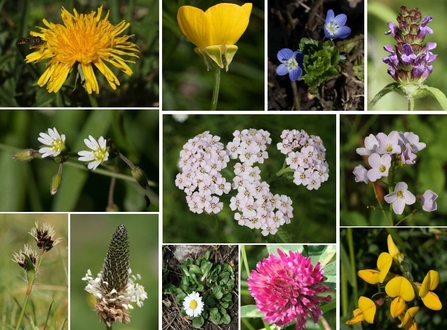“No Mow May” started in 2019, although for me it started in maybe 2003? I also have a “No Mow June” and “No Mow July”!
The movement was started by Plantlife in 2019. The basic aim is to not mow your lawn (or at the very least part of it) for the entire month of May. This will allow the wildflowers to bloom, providing valuable nectar for many pollinators and allowing your lawn to become a refuge for all sorts of other vital invertebrates.
These invertebrates in turn feed our much loved garden birds, Hedgehogs, bats etc.







